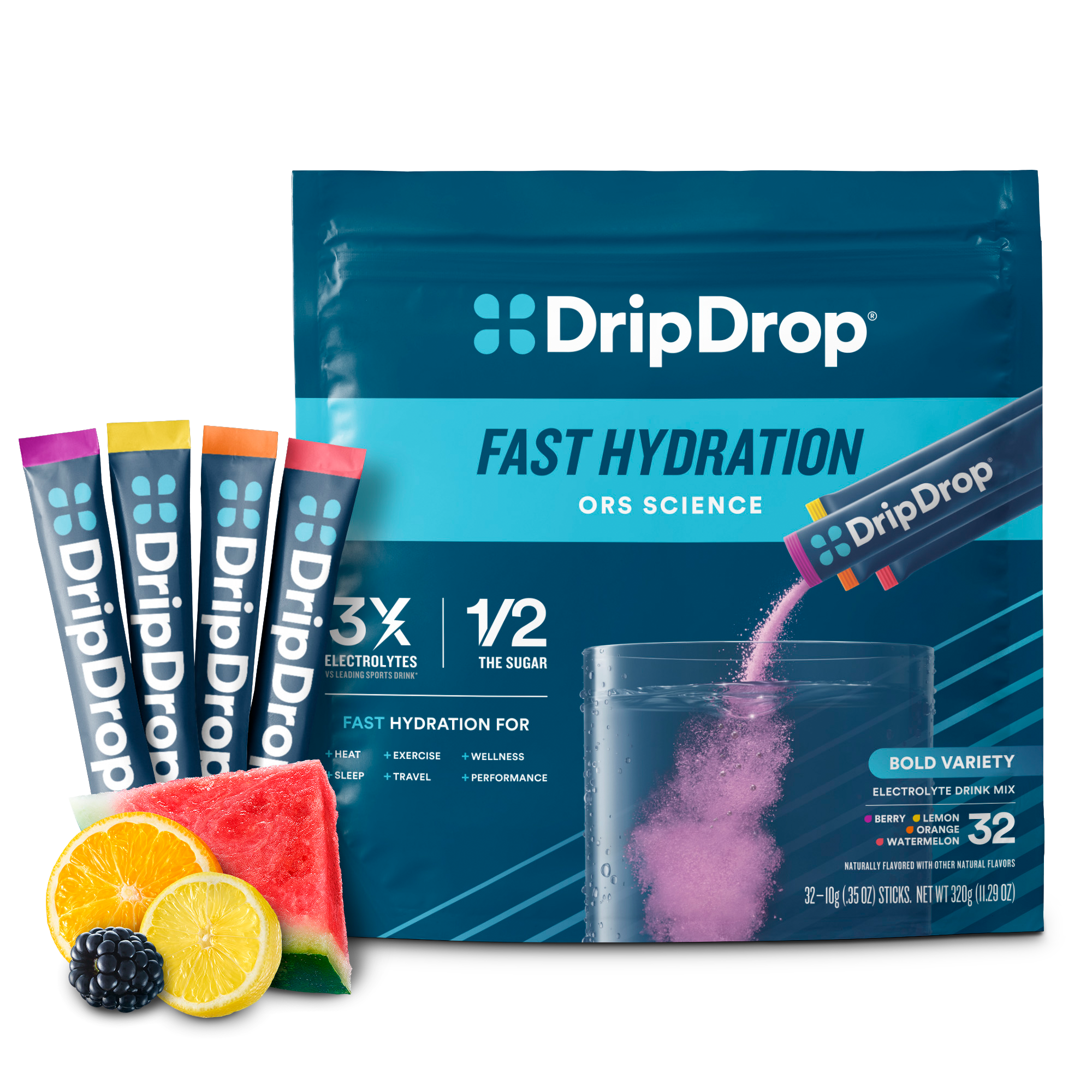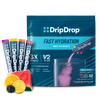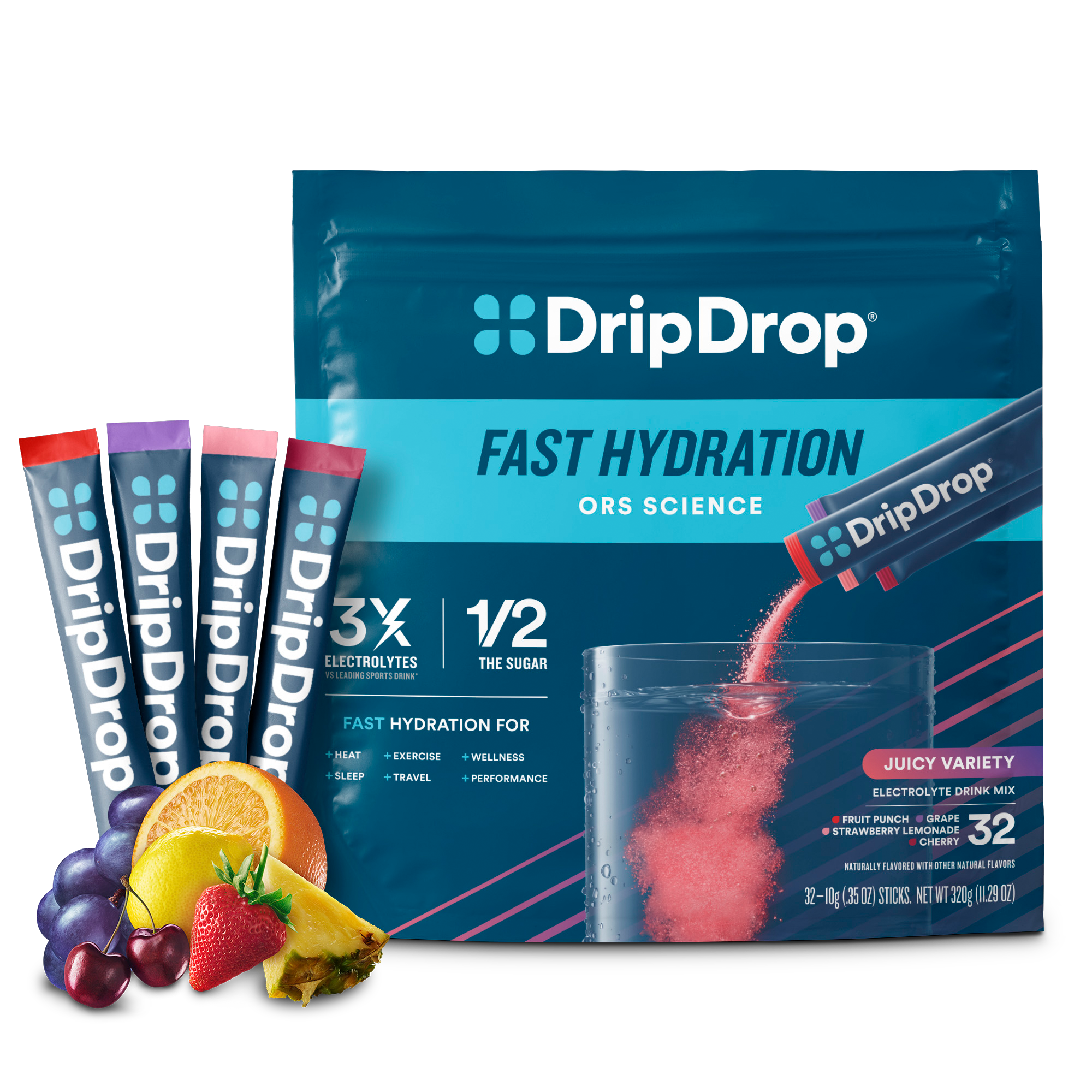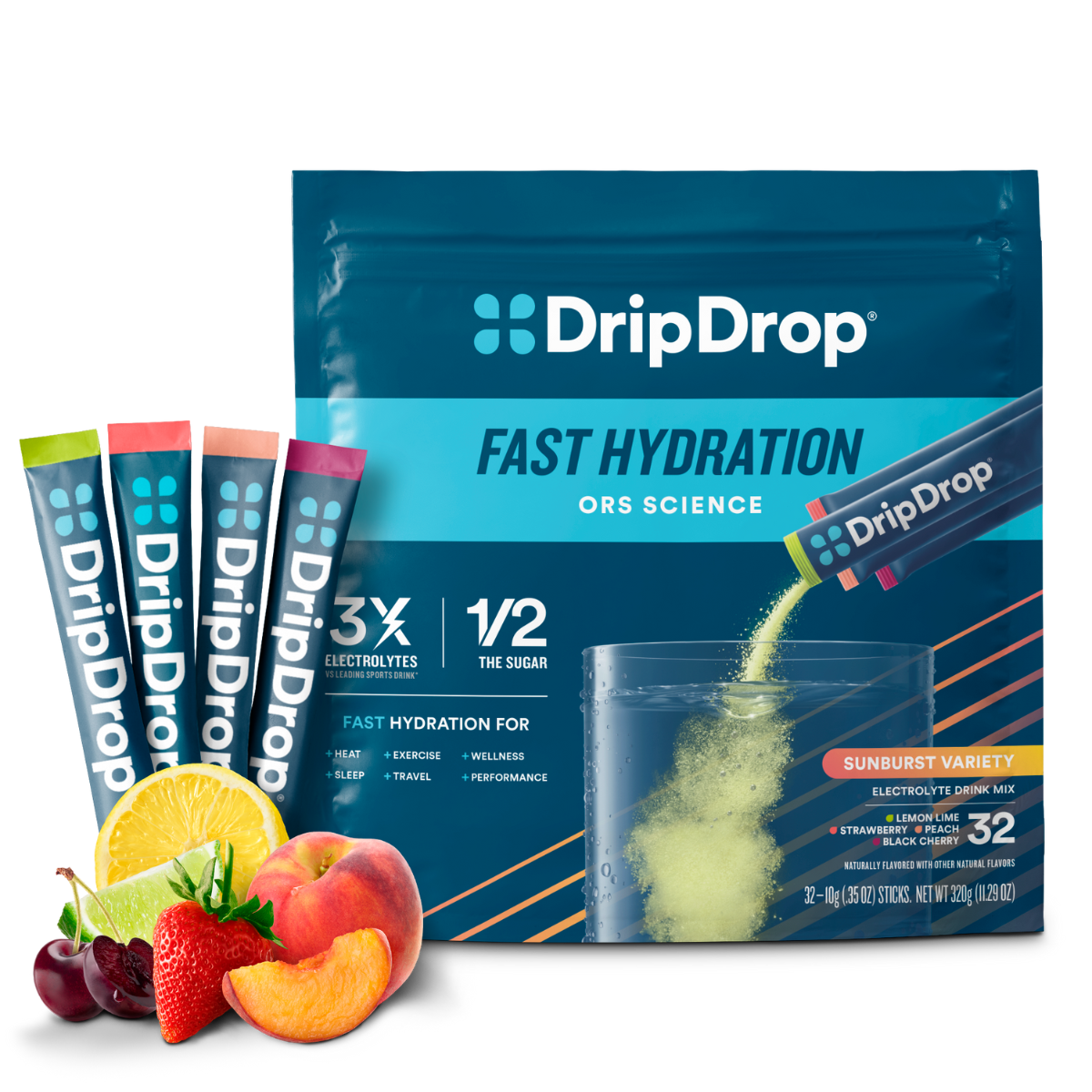Feeling like your skin is dull and flaky? Have you noticed that you also feel lethargic, have regular headaches, and are always thirsty? You may be suffering from dehydration, which can lead to dehydrated skin.
Here, we’ll show you the difference between dry skin and dehydrated skin. You’ll discover how dehydration affects your skin and how to recognize its warning signs.
Basics of Dehydrated Skin
We often associate dry skin with dehydrated skin, but these are actually two different things. Dehydrated skin doesn’t have enough water. Dry skin, on the other hand, doesn’t have enough natural oils and lipids — known as sebum in the skincare world. Dehydrated skin is classified as a medical condition. However, dry skin is a term used to describe a skin type — like normal skin, combination skin, and oily skin.
You may be born with a dry skin type. An underlying condition such as eczema, psoriasis, or hypothyroidism can also cause dry skin. Certain medications and skin care products designed for acne and breakouts can also cause dry skin. These include exfoliating creams, humectants, and retinol. Symptoms of dry skin include peeling, scaliness, flaky skin, redness, and a burning or itching sensation.
Treatments for dry skin usually include hydrating moisturizers or products like hyaluronic acid that help seal in moisture. Contrary to popular belief, most skincare products don’t add moisture to your skin. Instead, they create a barrier that prevents evaporation and reduces water loss.
Unlike dry skin, you can’t alleviate dehydrated skin by slapping on a moisturizing lotion. Rather, this condition reflects an internal imbalance of water and electrolytes that needs to be addressed. That means you need to address any underlying dehydration before you see an improvement in your dehydrated skin.
Dehydrated skin is a condition where your skin doesn’t get enough water. It’s caused by dehydration, a medical condition where you lose water and electrolytes faster than you can replace them. Your body needs both water and electrolytes — like sodium, potassium, and calcium — to function properly. Studies show that your skin also needs these vital electrolytes to retain moisture and keep skin hydrated.
A dermatologist can help you determine if you have dry skin or dehydrated skin. They may recommend changes to your skincare routine. This includes instructions for how to moisturize, exfoliate, or use a humidifier. They may recommend a specific cleanser if your dry skin is caused by bacteria build-up. Alternatively, they may suggest specific antioxidants and ingredients for an underlying problem. A dermatologist can also help you manage dehydration and offer lifestyle tips if you’re chronically dehydrated.
Signs of Dehydration and Dehydrated Skin
One way to tell if you have dehydrated skin — and underlying dehydration — or simply a case of dry skin is to watch for other signs. In most cases, dry skin produces localized symptoms. You may have flaky patches of skin or irritated areas, but you won’t have symptoms that affect other organs.
In contrast, signs of dehydration affect a wide range of organs. That’s because dehydration doesn’t just impact water content and electrolyte levels in your skin. It affects every cell in your body. That means when you don’t have enough water and electrolytes, your body can’t carry out normal functions.
Here are the main signs of dehydration:
- Dry mouth, eyes, and skin
- Headache
- Low blood pressure
- Decreased urination or dark urine
- Lightheadedness and fatigue
- Extreme thirst
- Dizziness
If your dry skin is accompanied by any of these other signs, you may be suffering from dehydration. To remedy the dehydration that causes your dehydrated skin, it’s important to act fast. It’s not just about how your skin looks — dehydration can quickly become life-threatening if it’s not treated.
How Dehydration Affects Your Skin
When you’re dehydrated, your body doesn't have enough water and electrolytes. That means all of your organs suffer, including your skin. In fact, your skin is made up of about 64% water, meaning it’s particularly susceptible to dehydration.
In addition, your skin consists of a system of proteins known as aquaporins. The main function of aquaporins is to transport water and electrolytes from your bloodstream into your skin cells. If you’re dehydrated, these aquaporins can’t carry out their vital tasks. The result is dehydrated skin. When your skin is dehydrated, it also becomes more difficult to retain moisture. This creates a vicious cycle that can only be remedied by addressing the underlying dehydration.
Here are some ways that dehydration affects your skin. Dehydration can cause blood vessels to constrict. This can lead to hyperpigmentation and dark shadows, especially around your eyes and nose where the skin is thinner and blood vessels are more visible.
Without enough moisture, your skin can start to flake and look dull. The flakes can lead to itching and irritation and red skin may develop. In addition, a lack of water can cause your skin to look saggy and reduce plumpness — emphasizing any existing wrinkles.
The effects of dehydration on the skin include:
- Itchiness
- Dryness
- Sunken eyes
- Dullness
- Shadows under your eyes and around your nose
- Dark circles under your eyes
- More pronounced signs of aging like fine lines and wrinkles
One way to tell if your skin is dehydrated is to conduct a skin elasticity or skin turgor test. Gently pinch a small amount of skin on your face or hands. If the skin stays raised and doesn’t snap back quickly, you may be dehydrated.
There are many ways to get dehydrated, making it more important to stay on top of your hydration levels.
How Does Skin Get Dehydrated?
Now you know what dehydrated skin looks like and how it’s linked to dehydration. But how does it get dehydrated in the first place? There are many ways we become dehydrated. Dehydration is caused by excessive sweating, not drinking enough fluids, illnesses, and environmental factors.
When you sweat, your body secretes sodium and water to the surface of your skin. This causes evaporation, which lowers your core body temperature and keeps you cool. However, if you don’t continually replace these lost electrolytes and fluids, dehydration can set in.
This isn’t just something that happens in summer. Winter dehydration is a serious risk, and heavy clothing can increase sweating during the cool months. Plus, dry air — in wintertime or in summer from air conditioning — can increase the likelihood of dry skin and dehydration.
You may develop dehydration and dehydrated skin if you get sick and experience vomiting or diarrhea. Too much sunlight can also lead to dehydrated skin — especially if you don’t use sunscreen. Oftentimes, our skin becomes dehydrated simply because we don’t drink enough fluids and electrolytes.
Crush Dehydration-Related Skin Issues With DripDrop
When it comes to healthy skin, you need to address the problem from the inside out. This is especially true if you suffer from dehydrated skin. You can’t just hydrate by moisturizing or exfoliating. To replenish your skin’s moisture, you need to address the lack of water and electrolytes in your body. The best way to tackle dehydration that causes dehydrated skin is to reach for an electrolyte powder like DripDrop ORS.
When you're in a state of dehydration, water alone is not enough. DripDrop is a medical-grade, doctor-developed dehydration remedy with a precise formula of electrolytes clinically proven to provide dehydration relief fast. Built on 50 years of ORS science, our formula is designed for unparalleled speed and amazing flavor. Plus, DripDrop is loaded with magnesium, potassium and immunity-boosting zinc, making it a great tool for maintaining daily hydration and overall health.
For cases of mild to moderate dehydration, DripDrop is a fast, low cost, effective, and great-tasting remedy. Plus, the convenient packaging allows you to have DripDrop when you need it, where you need it. Get started with our most popular multi-flavor pouch for dehydration relief fast. Or, learn more about how you can save up to 25% on every purchase when you subscribe.












